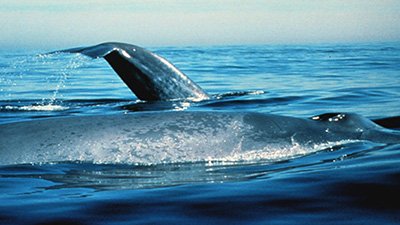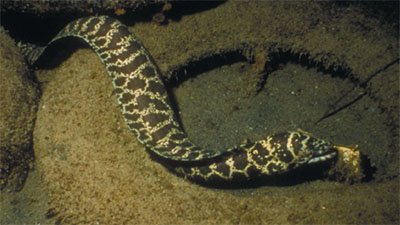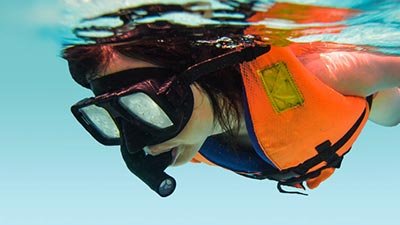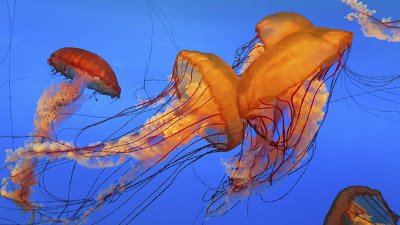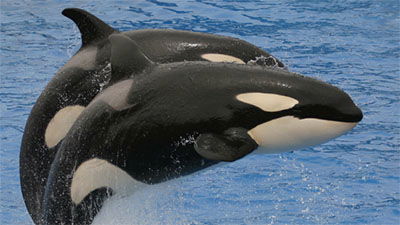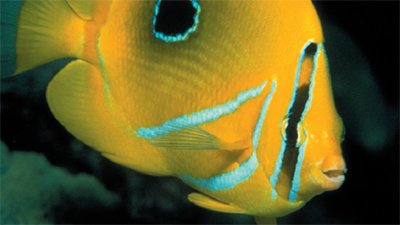-
WHALE “EVOLUTION”?
Whales are thought by evolutionists to have evolved from land mammals. However there are many problems with this idea.
-
HOW LONG DOES IT TAKE FOR A CORAL REEF TO GROW?
Can coral reef “ages” of tens of thousands of years be correct?
-
SEA URCHIN
The five bony teeth of the sea urchin were given to the original created kind to help it scrape algae (its food) from rocks.
-
OYSTER
The oyster is a filter-feeder that gets its food by filtering food particles from water with its gills.
-
COMMON MUSSEL
Common mussels live in large colonies.
-
COMMON SAND DOLLAR
Small but numerous spines of the common sand dollar are its primary tool for burrowing within the upper few centimeters of sandy ocean bottoms.
-
SEA ANEMONE
Some sea anemones have an important symbiotic relationship with algae species.
-
SPONGE
God designed the sponge with the ability to draw water into its body through tiny holes.
-
SEA CUCUMBER
When surprised by a predator, some sea cucumbers can expel their internal organs along with a sticky substance.
-
CORAL
Scientists have discovered that coral has layers.
-
SCALLOP
The scallop has an incredibly strong muscle that keeps its shell closed.
-
WHELK
The whelk uses its radula (a tongue-like feature with rows of teeth) to bore a hole into the shell of its prey to reach the protected flesh.
-
SPANISH DANCER
Part of this creature’s defense mechanism is its bright coloring.
-
QUEEN CONCH
The conch builds its own shell out of calcium carbonate that it gets from the ocean.
-
HERMIT CRAB
Some hermit crabs have an unusual relationship with the sea anemone.
-
WHEN LIGHT COMES TO LIFEIf you rode in a submarine to the bottom of the ocean, the sun would disappear, and the dark water would swallow you. But light is not missing down there.
-
COMMON LIMPET
The shape of the limpet varies. The closer the limpet is to the water, the flatter and smaller its shell.
-
CHITON
The chiton is well-designed for its habitat and diet.
-
GIANT CLAM
The giant clam gets some of its food by filtering the seawater with its siphon.
-
AMERICAN LOBSTER
The lobster has a unique design. Its mouth is used for much more than just eating.
-
BOX JELLYFISH
The box jellyfish is able to see through four sets of eyes!
-
THE AMAZING EYES OF THE MANTIS SHRIMP
The amazing eye of the mantis shrimp is evidence of God’s superior design.
-
GIANT OCTOPUS
The giant octopus is one of the largest invertebrates.
-
GHOST CRAB
The ghost crab is aptly named. It is a pale, sandy color, making it almost invisible on the sand. Its black eyes are held aloft on stalks.
-
CUTTLEFISH
The thick internal shell of a cuttlefish is called a cuttlebone. It is made of calcium carbonate and contains numerous gas- and/or water-filled chambers.
-
SEAHORSE
The body of the seahorse is similar to the leafy and weedy sea dragons.
-
SEA STAR
The sea star usually has five sections or arms, or multiples of 5, 10, 20, or even 40 arms.
-
HORSESHOE CRAB
The soft body of the horseshoe crab is protected by a hard, outer shell.
-
KILLER WHALE
Killer whales are the largest member of the dolphin family.
-
SQUID
The squid has two fins, a mantle, and a head that bears eight arms and two tentacles, each covered with suckers, which are armed with hooks or sucker rings.
-
SEA SLUG
Most sea slugs are brightly colored, which may warn potential predators to stay away.
-
SEA DRAGON
The sea dragon has elaborate skin filaments that hang from its head, body, and tail.
-
CLEANER SHRIMP
This shrimp is known for the orange coloring along its sides and the long red stripe on its dorsal side that is bisected by a narrow, white band.
-
BOTTLENOSE DOLPHIN
The name “bottlenose” comes from this dolphin’s elongated upper and lower jaws that form what is called the “rostrum.”




